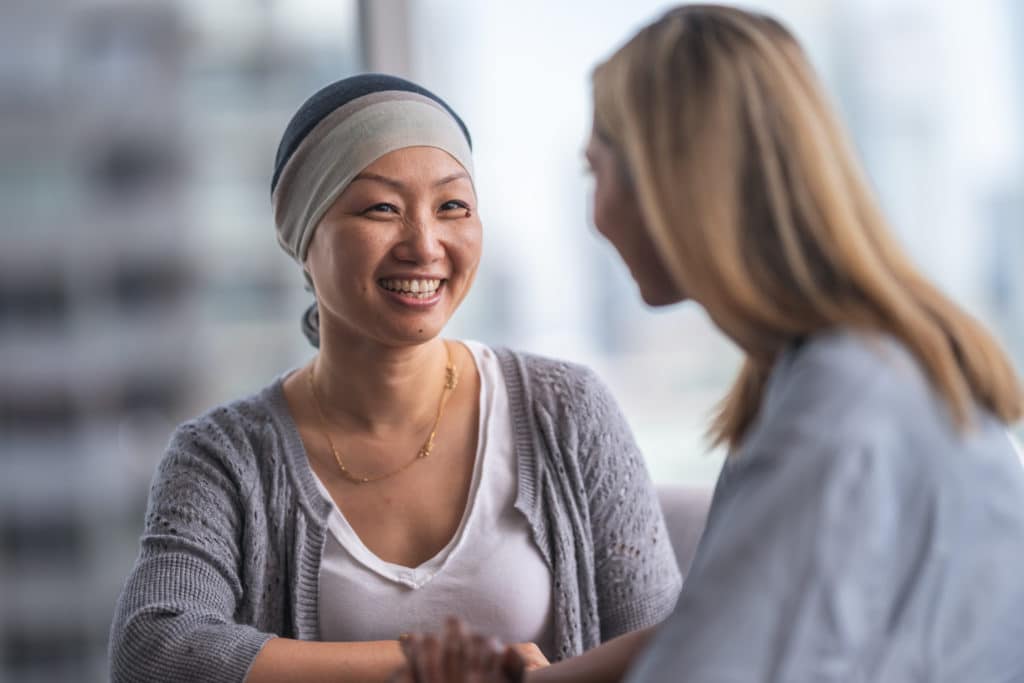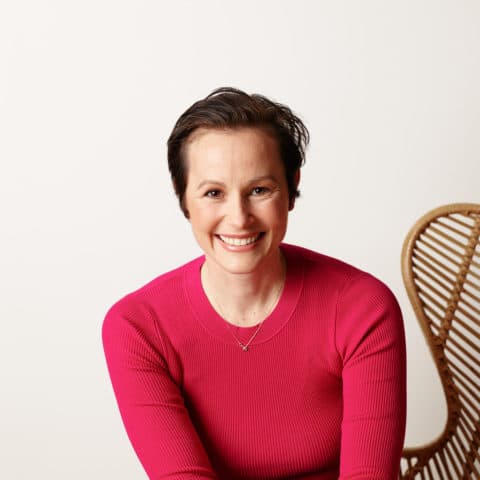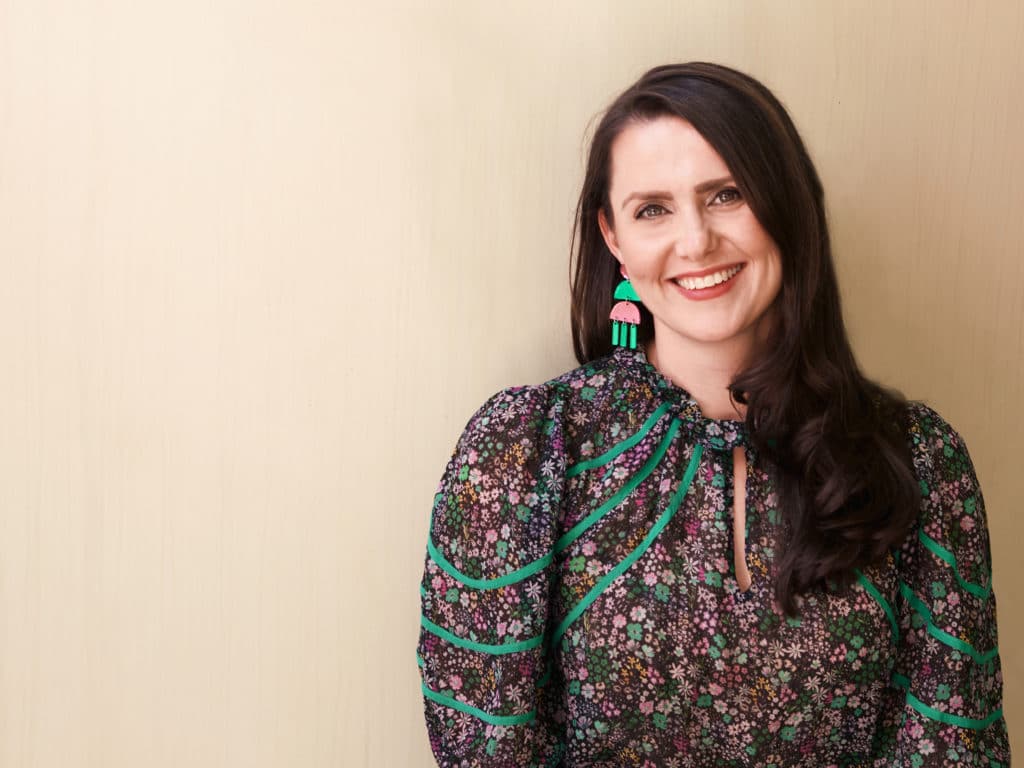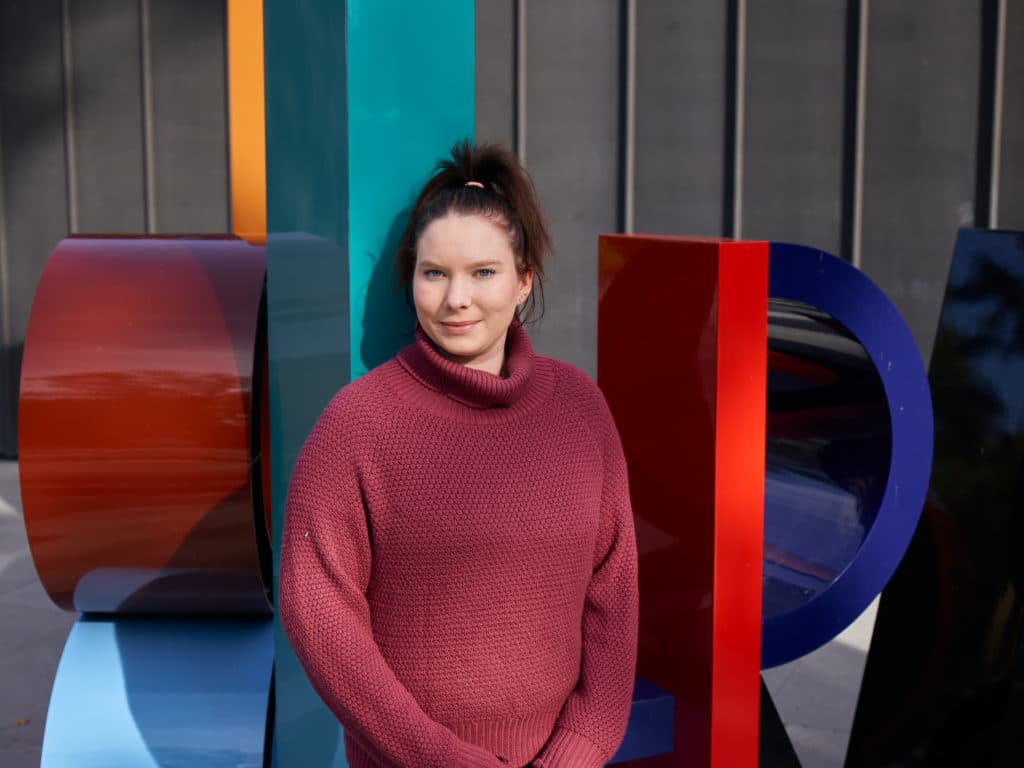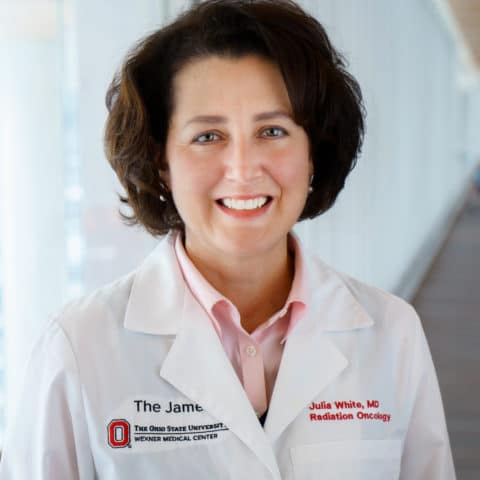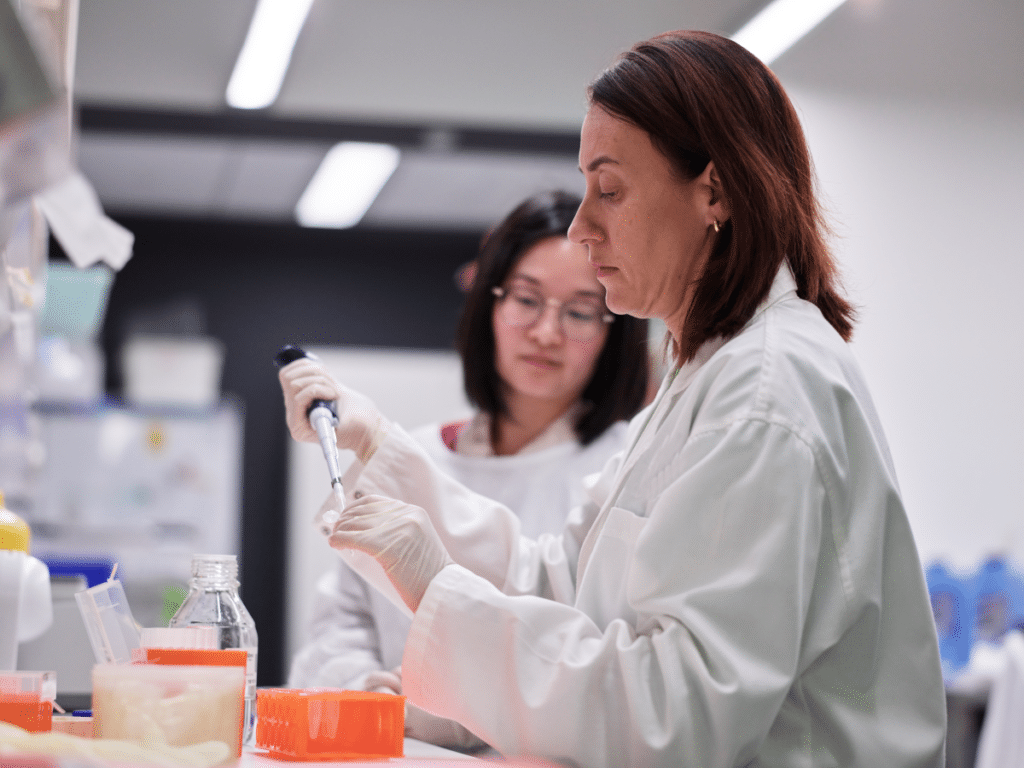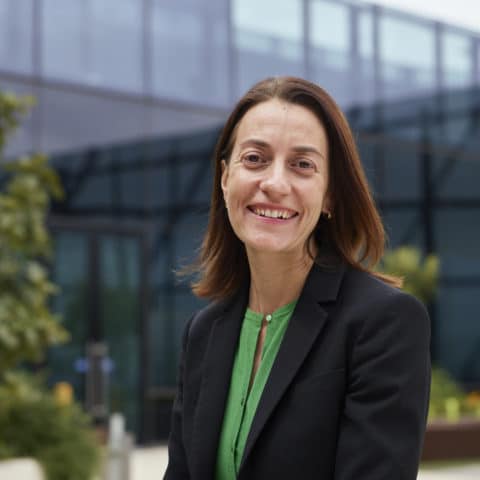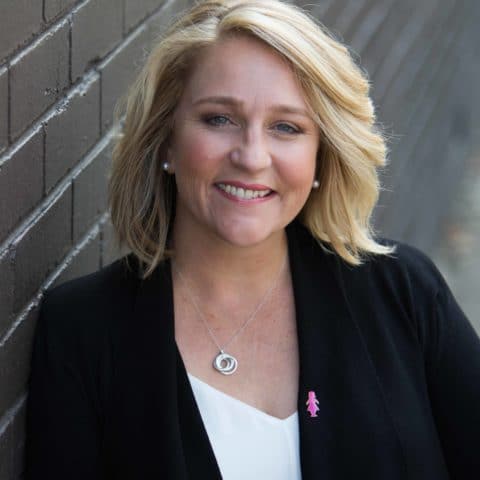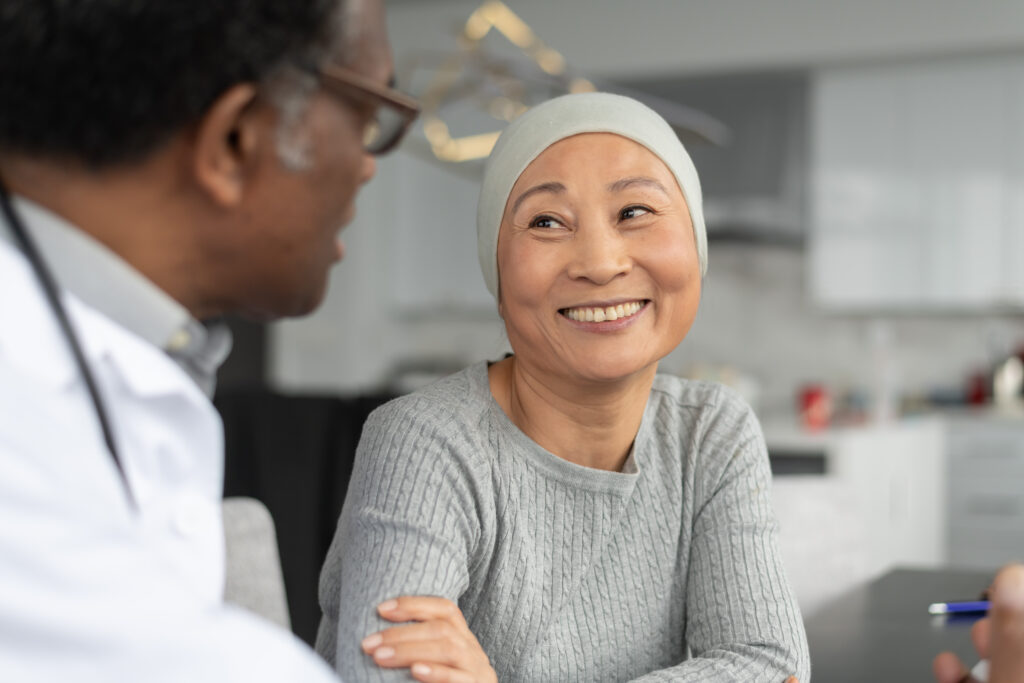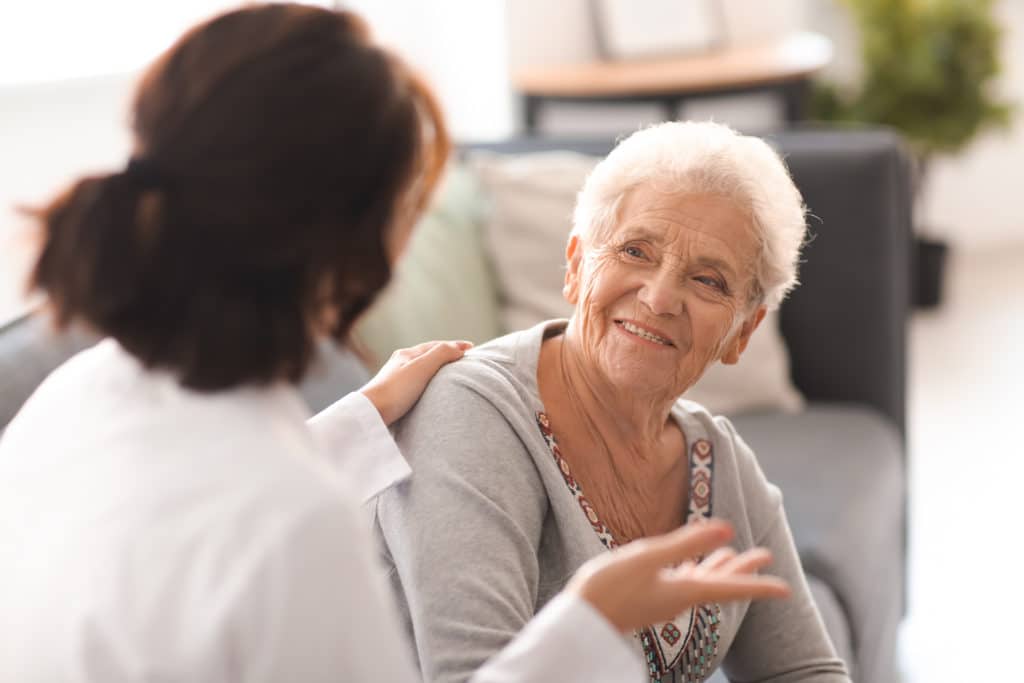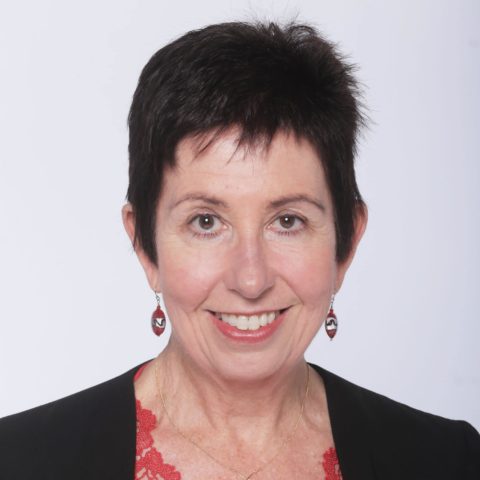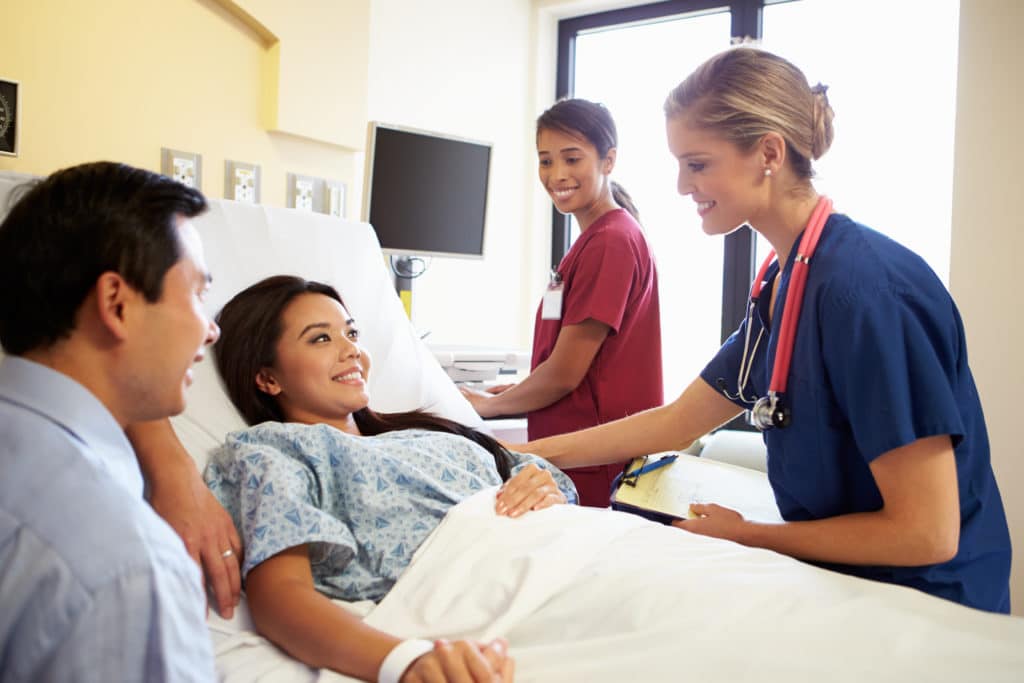European Society of Medical Oncology Congress (ESMO) 2021
For the second year in a row, the European Society of Medical Oncology (ESMO) has held its annual Congress online, allowing researchers and clinicians worldwide to connect despite travel restrictions in place due to the ongoing COVID-19 pandemic. The ESMO Congress is one of the largest and most important cancer conferences worldwide, and brings together around 30,000 clinicians, researchers, patient advocates and healthcare industry representatives from approximately 140 countries.
The latest research and advancements in cancer treatment, prevention and care are presented at the ESMO Congress, which allows medical professionals to work together and translate these results into better patient care worldwide.
We have collated some of the important breast cancer research presented at ESMO 2021 and provided a summary below:
DESTINY – Breast03 – A Phase III Clinical Trial For Metastatic HER2 Positive Breast Cancer
Results from the DESTINY – Breast03 clinical trial showed a statistically significant improvement in survival without worsening of cancer, for patients with metastatic HER2 positive breast cancer. These promising initial results are expected to lead to a new standard treatment for patients with HER2 positive metastatic breast cancer.
Currently the first-line standard treatment for patients with metastatic HER2 positive breast cancer is HER2 antibody therapy with pertuzumab/trastuzumab, plus chemotherapy. If the cancer worsens, the treatment will often switch to trastuzumab emtansine (T-DM1) which is an antibody-drug combination comprised of trastuzumab and a chemotherapy drug.
DESTINY-Breast03 is a global clinical phase III clinical trial evaluating the safety and efficacy of a drug called trastuzumab deruxtecan (T-DXd) compared to the current standard treatment of T-DM1 in patients with HER2 positive metastatic breast cancer who have received two or more prior anti-HER2 based treatments. TDX is a HER2-targeted antibody that delivers high concentrations of chemotherapy directly to cancer cells that have excess HER2 receptors on their surface.
Results from DESTINY-Breast03 showed treatment with T-DXd led to a 72% reduction in the risk of disease progression in comparison with treatment with T-DM1. 12-months after starting treatment, 76% of patients who received the trial drug T-DXd had no evidence of cancer worsening, compared with 34% of patients in the control group who were receiving T-DM1. As well as improved progression-free survival, 80% of those receiving the new T-DXd treatment saw their tumours shrink compared with 34% on the control group being treated with T-DM1. Additionally, 16% of patients treated with T-DXs had their disease completely disappear on scans. Side effects were generally mild and manageable, with no substantial differences between groups.
These results show that treatment with T-DXd is significantly better than T-DM1 for patients whose cancer has progressed after treatment with trastuzumab and chemotherapy. Overall survival results will be reported in the near future.
Researchers conducting this clinical trial have suggested that this positive result will likely change the standard treatments for patients with metastatic HER2 breast cancer whose disease has progressed after first line treatment. Next, researchers will investigate the benefit of treatment with T-DXd in the first-line metastatic setting, and for those with early-stage disease.
MONALEESA-2 Clinical Trial: Improved Survival for HR Positive, HER2 Negative Advanced Breast Cancer
In late breaking results presented at ESMO 2021, the MONALEESA-2 trial showed adding a CDK 4/6 inhibitor to first-line hormonal treatment prolongs survival by one year for post-menopausal women with HR positive, HER2 negative advanced breast cancer.
The MONALEESA-2 clinical trial allocated 668 patients to take either ribociclib, a CDK 4/6 inhibitor, plus the aromatase inhibitor letrozole or to take placebo plus letrozole. Patients who had previously received a CDK 4/6 inhibitor, chemotherapy or endocrine therapy for their advanced breast cancer were NOT included in this study.
Patients on the trial drug combination had a statistically significant and clinically meaningful improvement in median survival at 63.9 months survival compared with 51.4 months on the standard care arm. Follow-up at six and a half years, the longest for any CDK 4/6 inhibitor trial to date, showed that patients who took the new treatment lived for one year longer than those who took letrozole alone. MONALEESA-2 also showed that after five years, patients treated with ribociclib plus letrozole had more than a 50% chance of remaining alive. This drug combination maintains quality of life, without major side effects.
This treatment combination is currently in use in Australia in this patient population based on earlier results of this and other trials. These results give greater promise for patients diagnosed with advanced HR-positive breast cancer.
Research and analysis are continuing to determine if there were any specific groups of patients in the study that benefitted more or less from this treatment. The study researchers have told the ESMO 2021 audience that this is the first CD4/6 inhibitor to demonstrate an overall survival benefit in this first-line patient population so far, but they are still awaiting results for clinical trials investigating other CDK 4/6 inhibitors palbociclib and abemaciclib (such as the BCT PATINA clinical trial).
Triple Negative Breast Cancer Research
The BARBICAN Clinical Trial for Women with Triple Negative Breast Cancer
The BARBICAN clinical trial is a randomised phase II study which is aiming to determine the contribution of the drug ipatasertib to neoadjuvant chemotherapy plus atezolizumab in women with early stage triple negative breast cancer.
144 patients took part in this clinical trial, with an equal number receiving the trial treatment of ipatasertib with atezolizumab and chemotherapy, and atezolizumab and chemotherapy alone. Unfortunately, there was no difference in pathological complete response (pCR) between the two groups.
While this result isn’t what the researchers were hoping for, ipatasertib is being used in other clinical trials for different types of breast cancer. Further analysis of this and other trials using this drug will look at blood and cancer samples to find if there is a marker to indicate a group of patients more likely to benefit from it. Not every treatment is suitable for different types of breast cancer, and researchers often trial drugs across several different breast cancer types and stages to find where it can work best. So, while there was no clinically significant result found in the BARBICAN clinical trial, this does not mean ipatasertib will not benefit other breast cancer patients.
For example, the Breast Cancer Trials FINER clinical trial, due to open to patients in 2021, is looking at using a combination of ipatasertib and fulvestrant for patients with metastatic or advanced ER positive, HER2 negative breast cancer which has grown or spread despite treatment with a CDK4/6 inhibitor and an aromatase inhibitor. Our researchers are hoping this combination will help to keep the cancer under control for longer.
BrighTNess Clinical Trial: A Triple Negative Breast Cancer Trial
Long term follow-up of the phase III randomised BrighTNess clinical trial has shed light on what works, and what doesn’t, when treating early stage triple negative breast cancer.
Initial results from the trial showed that the pathological complete response rate (the disappearance of all invasive cancer in the breast) was significantly higher among participants who were assigned to receive veliparib (a PARP inhibitor) plus carboplatin (a chemotherapy drug) alongside paclitaxel (another chemotherapy drug) compared with those given paclitaxel alone. However, the rates did not differ significantly between patients who received all three treatments, to those who received the combination of the two chemotherapy drugs. In other words, the improvement appeared mostly due to carboplatin chemotherapy at that early time point.
Results presented at the ESMO Congress 2021 were from a median follow-up of 4.5 years and backed up these initial findings. The likelihood of remaining alive and cancer-free at four years was 78.2% for those who received all three drugs, 79.3% for those who received the carboplatin and paclitaxel, and 68.5% for those who received only the paclitaxel.
The study researchers concluded that their findings support the inclusion of carboplatin in neoadjuvant chemotherapy for stage II-III triple negative breast cancer. This is a topic that doctors have been debating for some time, and should help resolve that debate.
Results for the KEYNOTE-355 Clinical Trial for Metastatic or Inoperable Triple Negative Breast Cancer
The final results of the KEYNOTE -355 clinical trial show that there is a significant overall survival benefit to adding pembrolizumab (an immunotherapy drug) to chemotherapy for advanced triple negative breast cancer.
These final results show that the patients who received pembrolizumab plus chemotherapy had a median overall survival of 23 months, versus 16.1 months for those patients on placebo plus chemotherapy. The combination of pembrolizumab and chemotherapy reduced the risk of death by 27%. The benefit appeared restricted to patients whose tumours had higher levels of the PD-L1 tumour marker. The researchers involved in this study said this is an important result as it’s the first study showing overall survival benefit in the metastatic setting for this poor prognosis type of breast cancer. Immunotherapy has yet to become incorporated into routine practice in breast cancer in Australia, however that may well change after these results.
COVID-19 & Cancer Research
OnCOVID Study: 15% of Patients with Cancer Experience ‘Long Haul’ COVID-19
A study which drew patient data from 35 different institutions across six European countries from February 2020 to February 2021, found that one in six cancer patients who recovered from COVID-19 experience long-term effects, or ‘long-COVID’. It has been increasingly recognised that people who contract COVID and then recover from the acute effects may experience ill effects for months or longer afterward. Cancer patients are more likely to contract COVID, and also more likely to become sicker or die as a result.
The OnCOVID study results presented at ESMO 2021 found that 234 cancer patients (15%) had at least one post-COVID-19 complication. The most commonly reported problems included respiratory problems (49.6%), fatigue (41%), neurological or cognitive issues (7.3%) and weight loss (5.6%). Factors associated with an increased risk of ‘long COVID’ included being 65 years of age or older, two or more other health problems, a history of smoking, increased rates of prior complicated COVID-19 and requiring therapy and/or hospitalisation for COVID-19.
Patients with cancer (or a history of cancer), are recommended to receive their COVID vaccine after a discussion with their doctor(s). Cancer Australia has up-to-date information about COVID-19 for those affected by breast cancer, and a comprehensive list of FAQs about the COVID-19 Vaccine for those with cancer, noting that all adults in Australia and New Zealand are now eligible to receive a COVID-19 vaccine.




